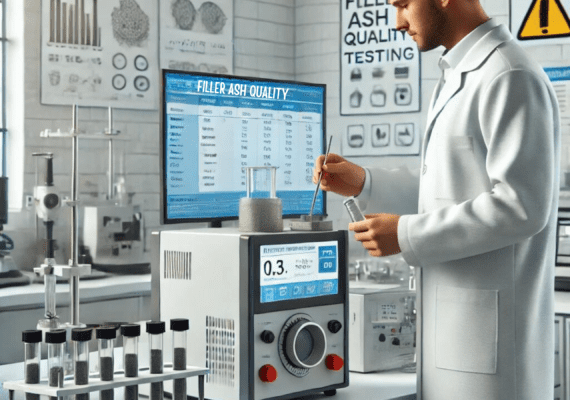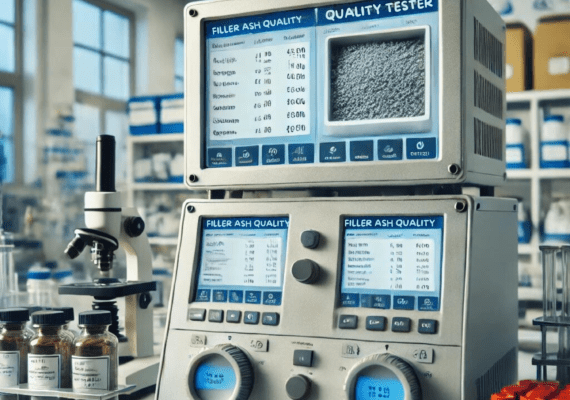
Filler ash refers to the inorganic residue left after a material is combusted. It plays a vital role in various applications, impacting:
At Kiyo R&D Center & Laboratory, we utilize advanced techniques to analyze the quality of filler ash in materials. Our approach includes:
Filler ash quality testing offers several benefits for manufacturers and end-users:
Filler ash quality testing is essential in various industries, including:
At Kiyo R&D Center & Laboratory, we are committed to advancing the field of filler ash quality testing. Our future initiatives focus on:
